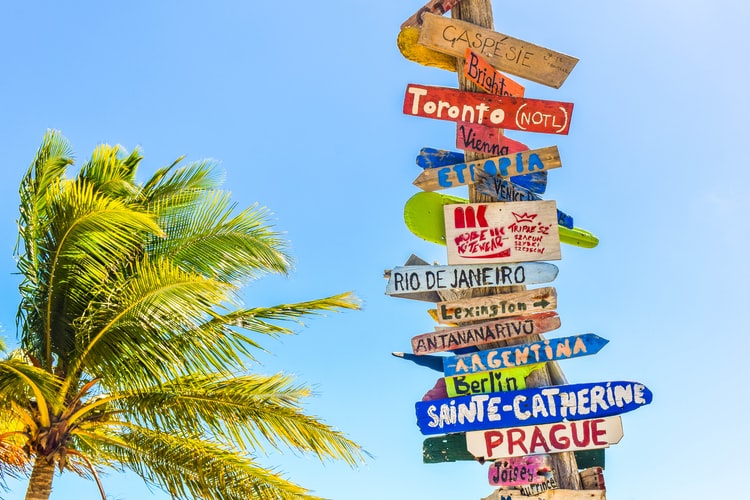Let us now discuss a few terms that are frequently used in the tourism industry.
● Attraction − It is a physical or cultural feature of a place that can satisfy tourists’ leisure based need.
● Cultural Heritage − It is an expression of the manner of living developed by a community and passed on from one generation to the next. It includes customs, practices, places, objects, artistic expressions and values.
● Dark Tourism − (Black or Grief tourism) It is the tourism involving travel to places historically associated with death and tragedy.
● Destination − It is a place the tourist visits and stays there for at least 24 hours. The destination supports staying facilities, attractions, and tourist resources.
● Ecotourism − It involves maintenance and enhancement of natural systems such as water, air, woods and forests, and flora and fauna through tourism.
● Excursionist − Persons traveling for pleasure in a period less than 24 hours
● Foreign Tourist − Any person visiting a country, other than that in which he/she usually resides, for a period of at least 24 hours.
● Hiking − A long and vigorous walk on the trail.
● Intermediaries − They are the intermediate links between the form of goods and services tourists do not require and the form of goods and services the tourists demand.
● Itinerary − A documented plan of the tour.
● Leisure − The free time when obligations are at a minimum and one can relax.
● Recreation − The activities carried out during leisure time.
● Site − It is a particular place bound by physical or cultural characteristics
● Skiing − It is a recreational activity and competitive winter sport in which the participant uses skis to glide on snow.
● Snorkeling − It is the practice of swimming on or through a water body while being equipped with a diving mask composed of a shaped tube called a snorkel.
● Terrain − It is a stretch of land, especially with regard to its physical features.
● Tourism Carrying Capacity − The maximum number of people that may visit a tourist destination at the same time, without causing destruction of the physical, economic, socio-cultural environment, and an unacceptable decrease in the quality of visitors’ satisfaction.
● Travel − The act of moving outside one’s home community for business or pleasure but not for commuting or traveling to or from usual places.
● United Nations World Tourism Organization (UNWTO) − It is the United Nations (UN) agency responsible for the promotion of responsible, sustainable, and universally accessible tourism.
● Visitor − A non-residential person visiting the place.
● WTO − World Tourism Organization.

